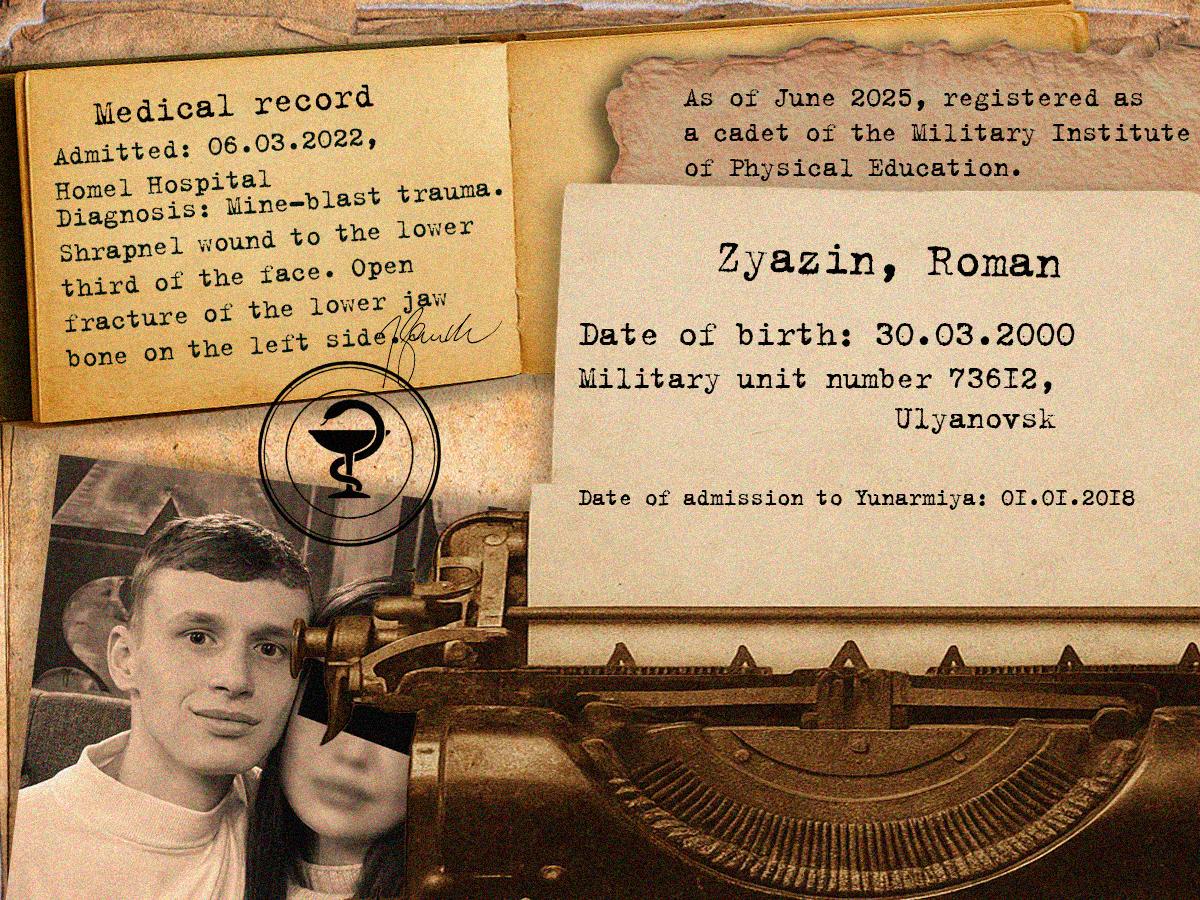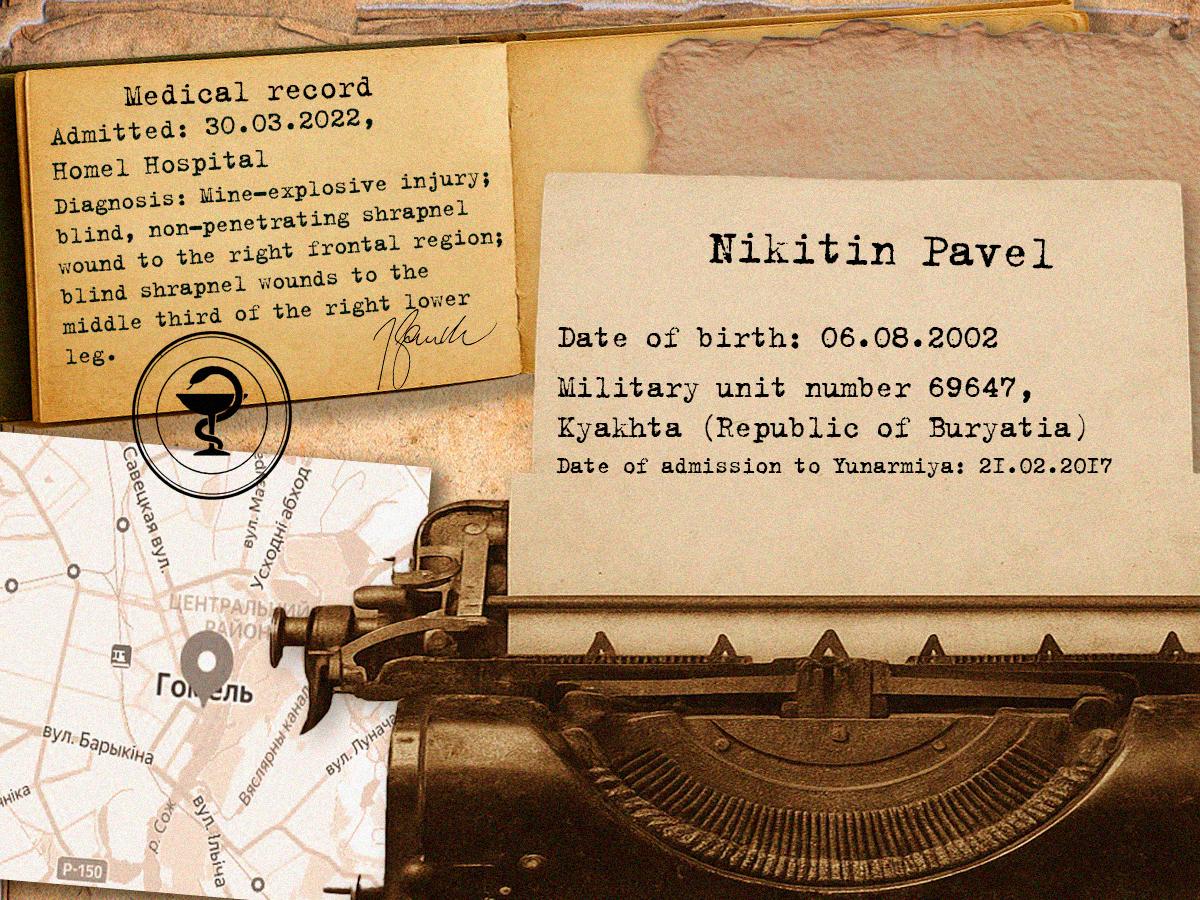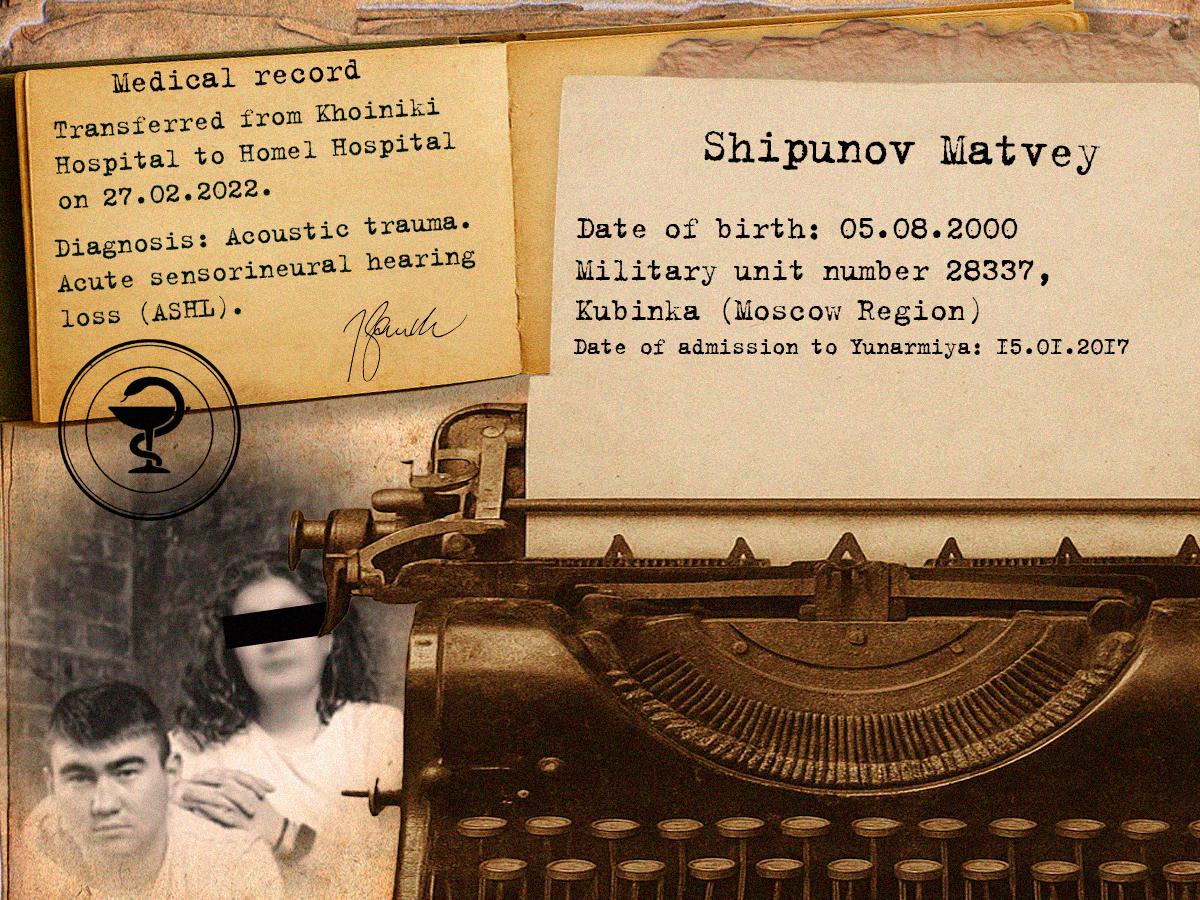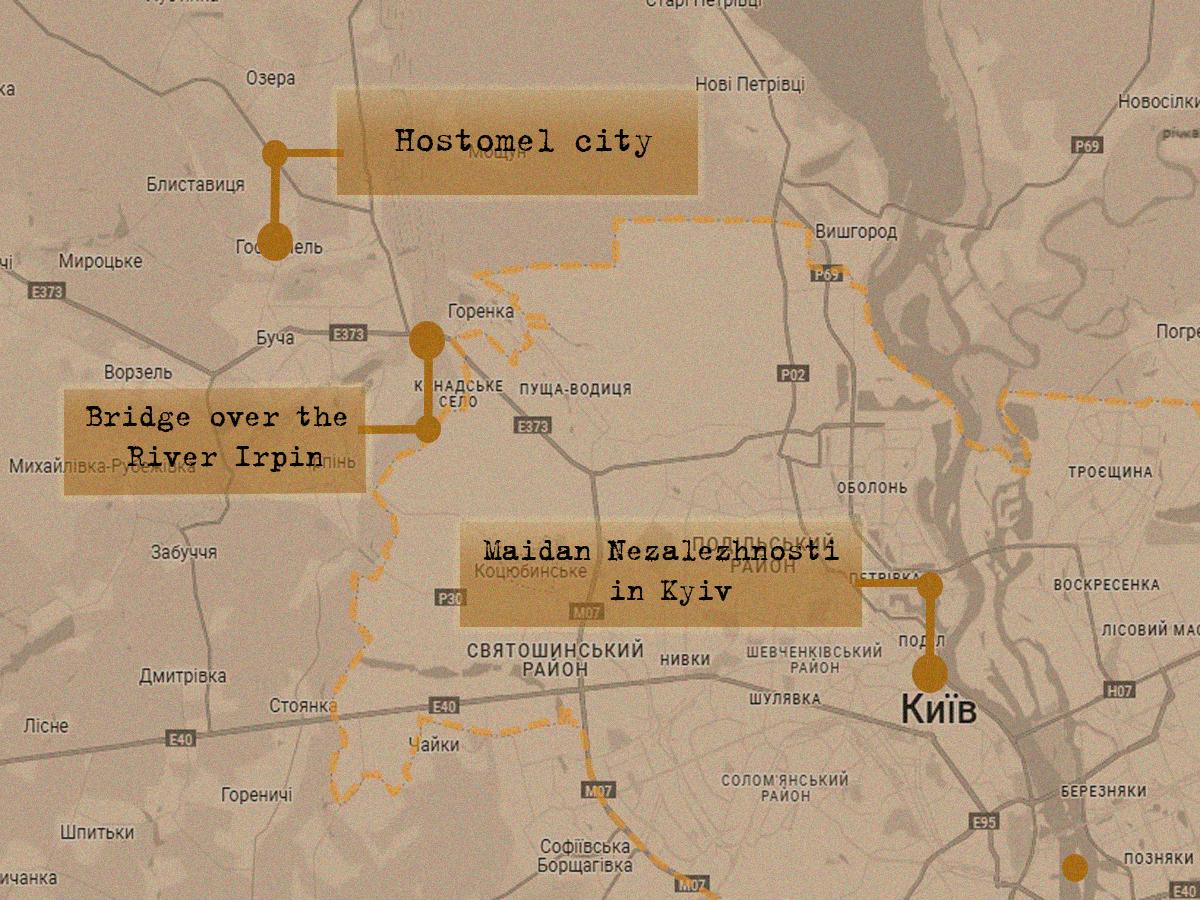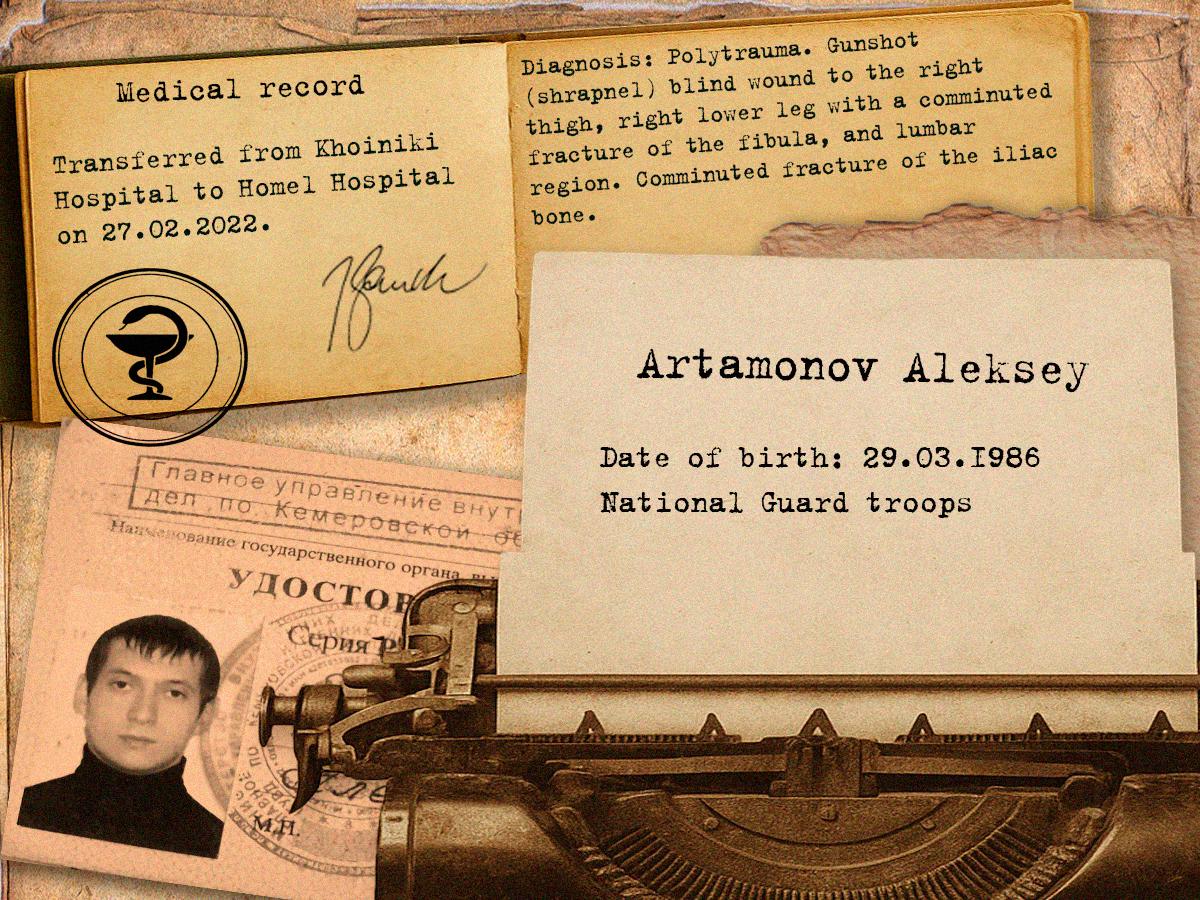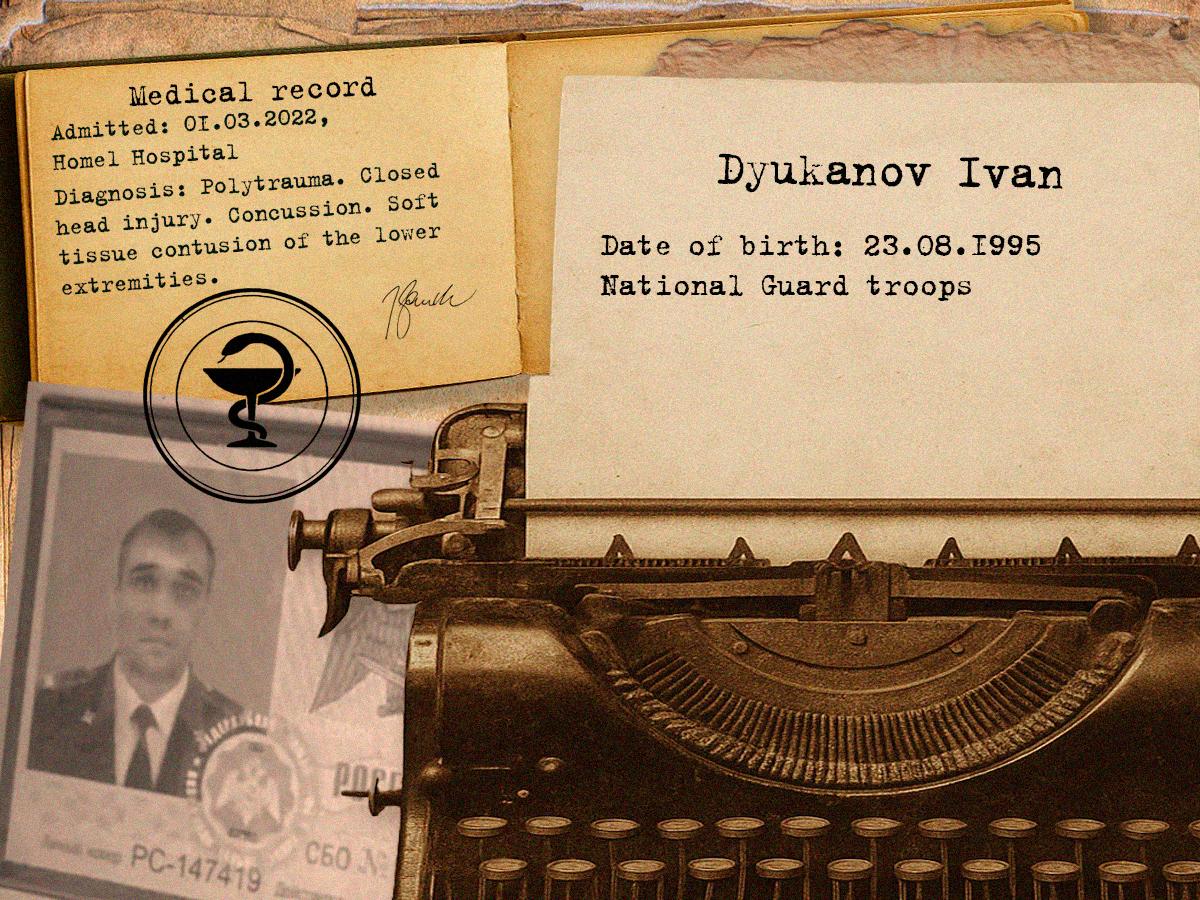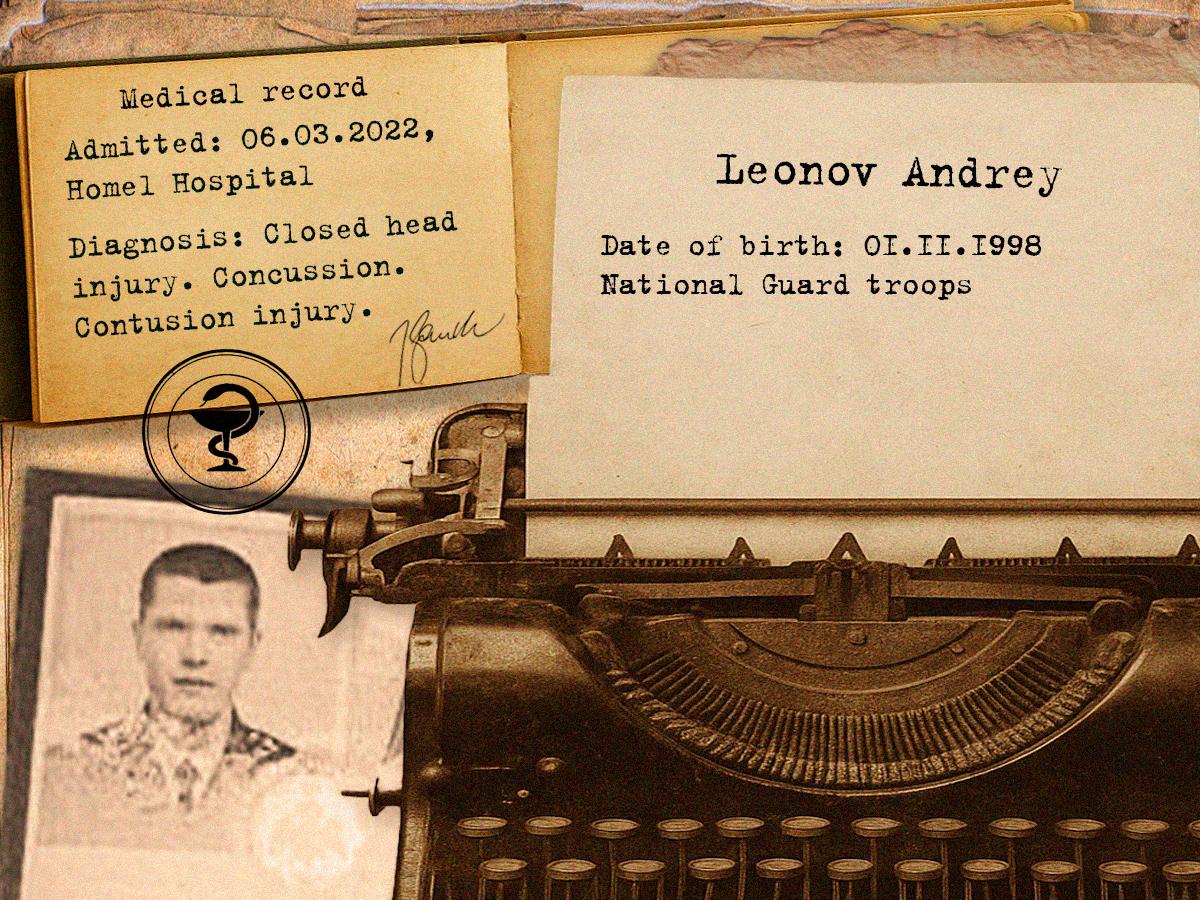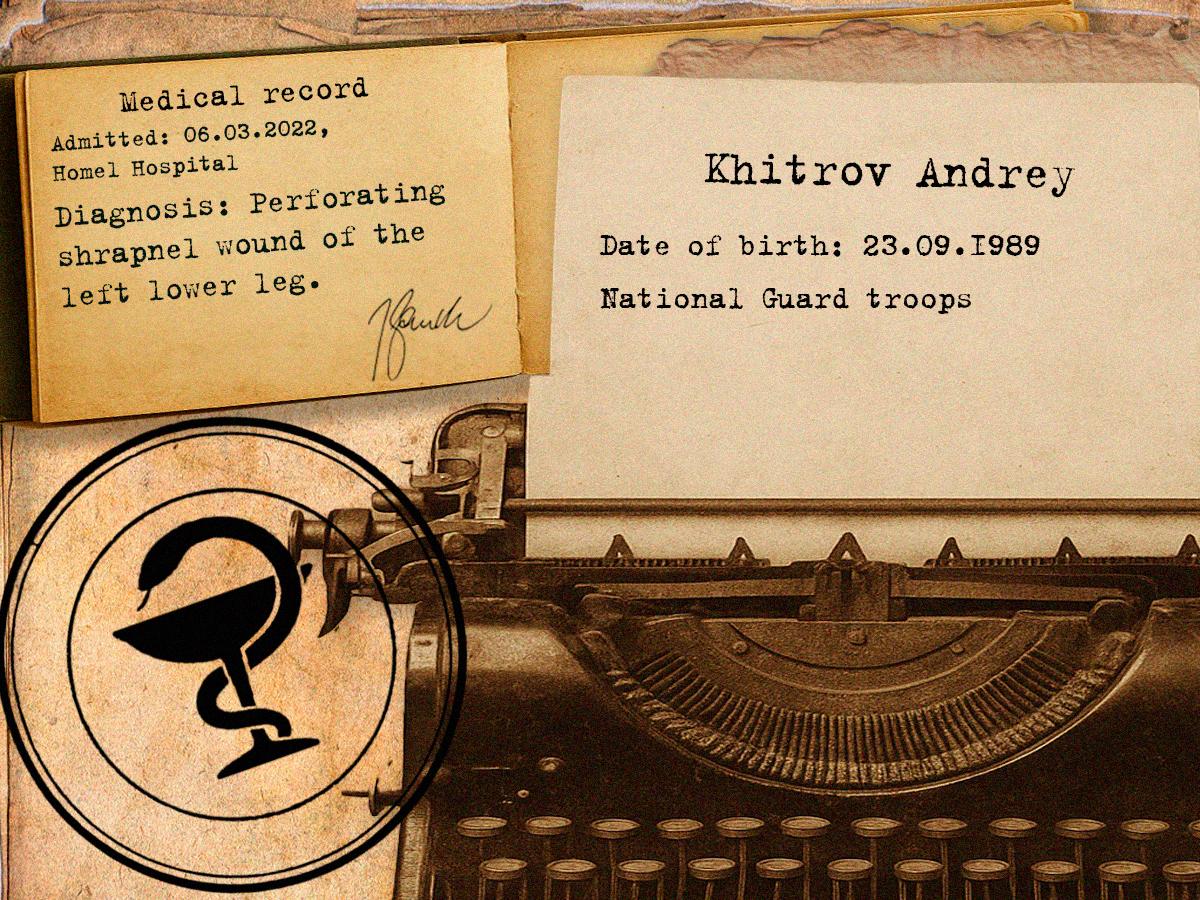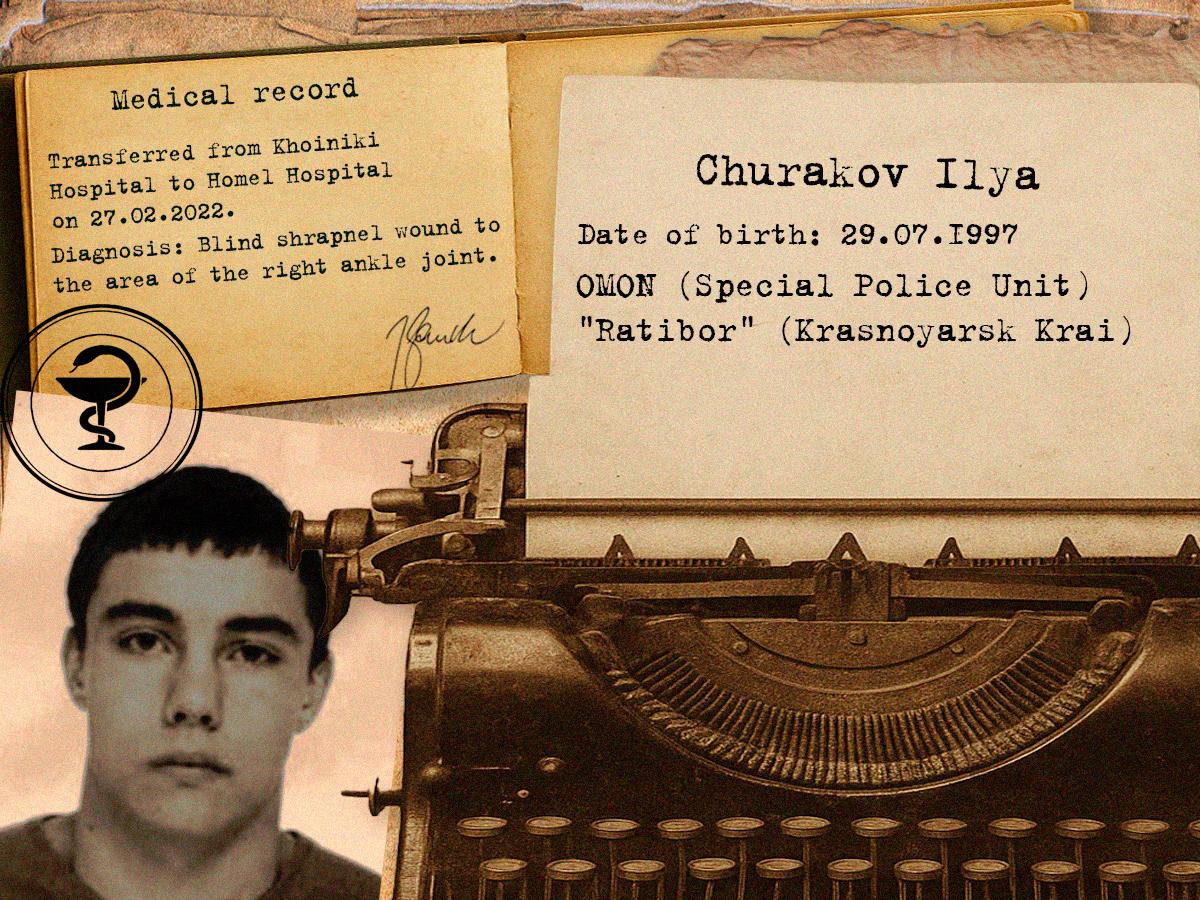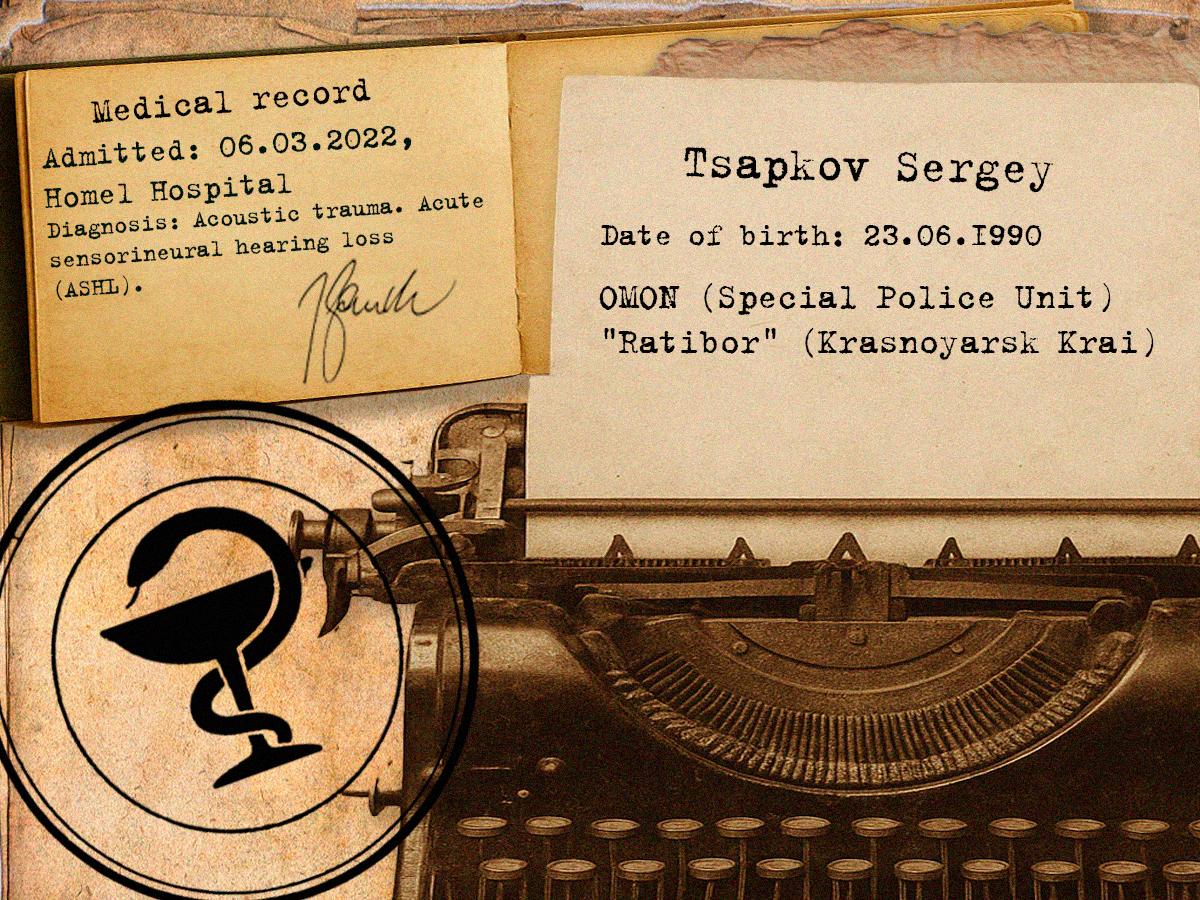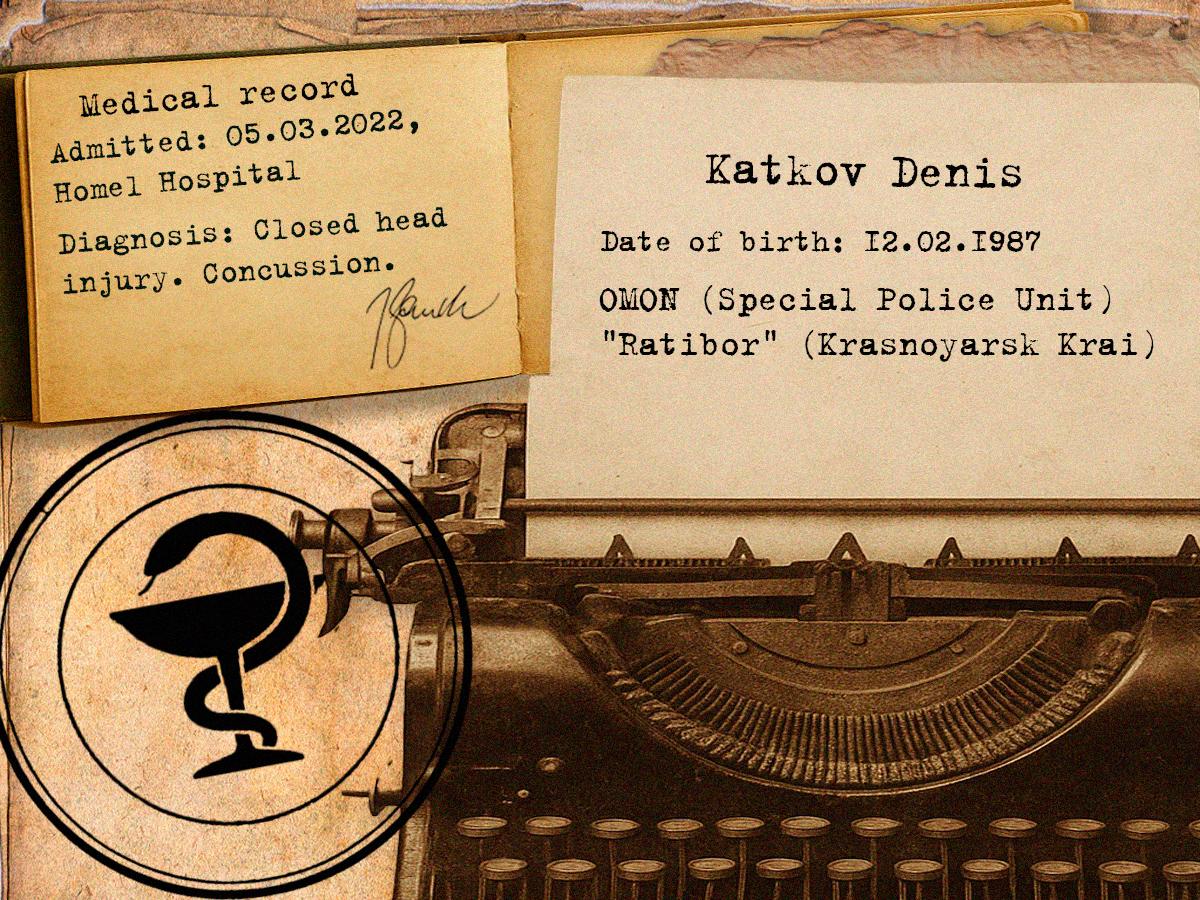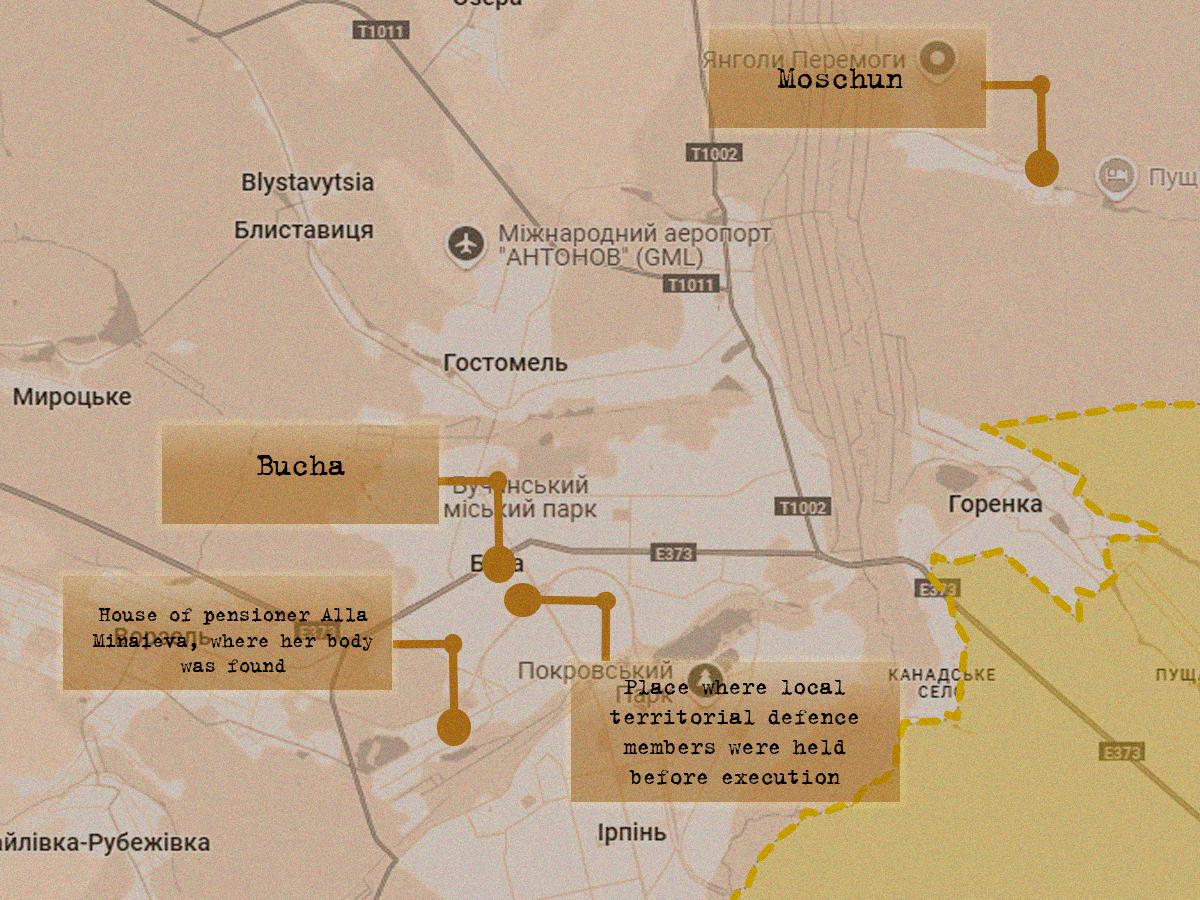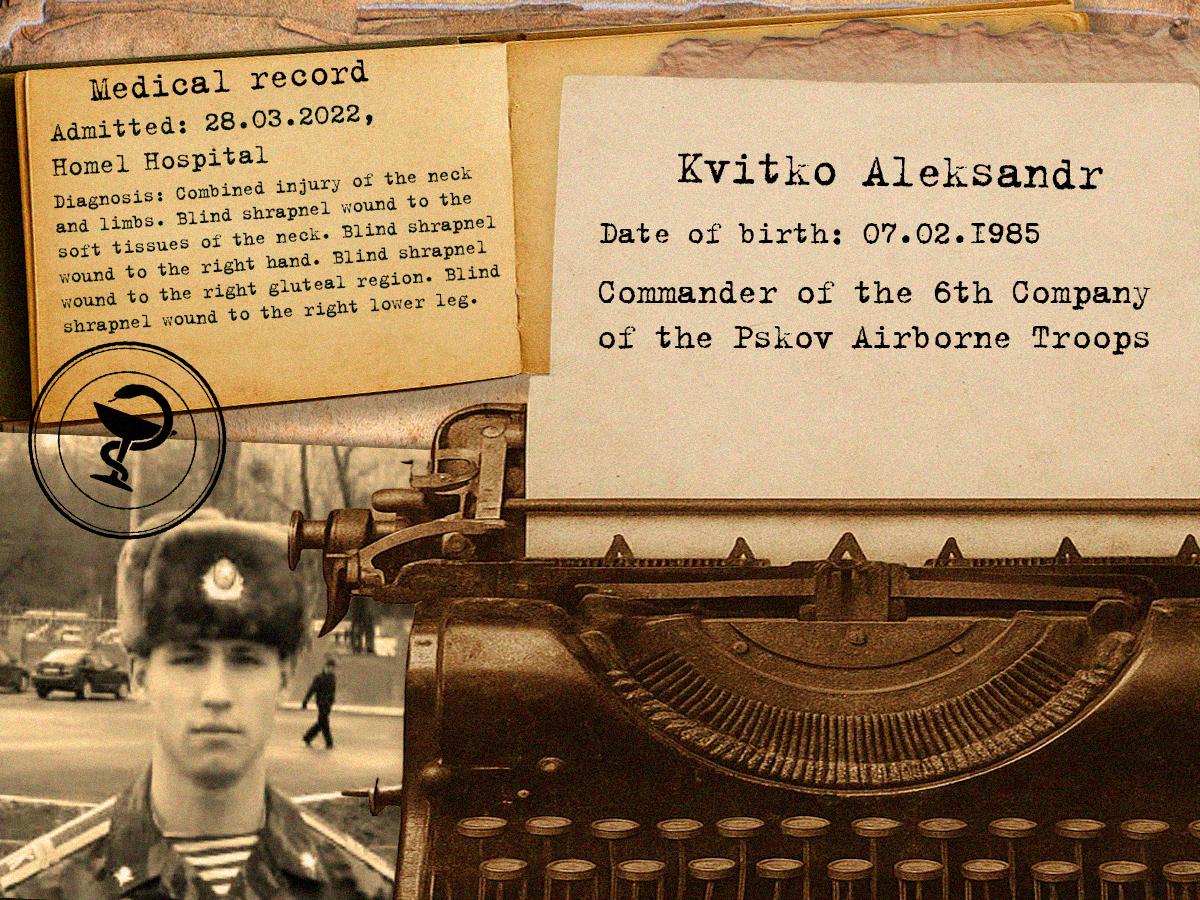This major investigation reveals that 898 Russian military personnel were treated in hospitals in Belarus's Homel region during the first 21 months of Russia's invasion of Ukraine. Here are the key findings:
Secret Treatment Program
- Hospital staff were strictly forbidden from discussing these patients, a former healthcare worker confirmed they were threatened with consequences if they shared information
- Treatment occurred primarily in facilities near the Ukrainian border
Key Military Personnel Identified
- Members of the 16th Guards Spetsnaz Brigade
- Personnel from Special Purpose Center "Kubinka-2"
- Soldiers involved in the Hostomel airfield assault
- Riot police units from various Russian regions
Notable Cases
- Documented treatment of personnel from units involved in shooting civilian vehicles
- Identified commander Aleksandr Kvitko, linked to murders in Bucha
According to legal experts, while treating military personnel from conflict parties is allowed under the Geneva Convention, Belarus's broader support for Russia's war effort could affect its claimed neutral status.
"Strongly advised not to share this information"
898 Russian military personnel were treated in hospitals of the Homel region in Belarus near the Ukrainian border during the first 21 months of Russia's full-scale invasion of Ukraine. [*]
Journalists of the Belarusian Investigative Center (BIC) found this information after getting access to the database of the Main Military Medical Department of Russia's Ministry of Defense. BIC has verified this list against other evidence from various sources, making it additional evidence against some of the Russian soldiers suspected of committing war crimes.
Also BIC’s verification of the list helped establish that hospitals in Homel and Khoiniki near Belarus’ border with Ukraine treated Russian soldiers from 16th Guards Spetsnaz Brigade and the Special Purpose Center "Kubinka-2" whose personnel took part in the illegal annexation of Crimea in 2014. Their participation in the 2022 military operations in the north of Ukraine was not documented before.
The staff of Belarusian hospitals was forbidden to talk about these secret patients. A former healthcare professional from one of the medical facilities in the Homel region told BIC on condition of anonymity: "You were very strongly advised not to share this information about anything with anyone. Because you and your family would suffer".
From "Yunarmiya" to storming the Hostomel airfield
On February 24, 2022 Russia started its full-scale invasion of Ukraine. Some of the Russian units entered Ukrainian territory from Belarus. Among them was an airborne mission tasked with capturing the airfield Antonov in Hostomel, 10 km from Kyiv. According to then CIA director William J. Burns, Russia intended to capture Antonov for an airbridge, which would allow Russian forces to quickly move into Kyiv to "decapitate the regime and establish a pro-Russian government there" .
However, the Ukrainians used artillery and air strikes to crater the airfield runway to make it unusable as an airbridge for Russia’s invasion.
BIC journalists found a participant in the Russian airborne mission on the list of Belarus' hospital patients. In March 2022 Roman Zyazin was admitted to hospital with a facial injury and an open fracture of the lower jaw. In December 2024 he spoke about those events to the Russian TV channel Zvezda: "We moved directly to the suburbs and the town of Hostomel itself, where I was wounded and then evacuated". [*]
Zyazin was 21 at the time of the full-scale invasion in 2022. In 2018 he joined the “Yunarmiya”, a children's and youth military-patriotic movement initiated by Sergei Shoigu, then Russia's minister of defense. The Ukrainian “hacktivist” group KibOrg has found the profile of Zyazin and three other military patients of Belarusian hospitals (Sabukhi Baladov, Pavel Nikitin and Matvei Shipunov) in the “Yunarmiya” internal documents.
Zyazin is a cadet of the Russian Military Institute of Physical Culture now.
The battle of Hostomel
After the failure of the airborne mission to capture the Antonov airfield, the battle to capture the town of Hostomel started on the night of February 25, 2022. From there it was only about 30 km to the Independence Square in the center of Kyiv.
Ukrainian forces destroyed another Russian military convoy on a bridge near Kyiv. An interception of Russian communication published by Ukrainska Pravda suggests that riot police from Krasnoyarsk, Novokuznetsk and Kemerovo were in the convoy under fire. The surviving Russians retreated, and local residents documented the burnt equipment, charred bodies and riot police uniforms. They passed this information to the military and law enforcement officers who later shared it with the BIC.
According to a document obtained by BIC, 68 Russian riot policemen were hospitalized in Homel medical facilities after that battle. We compared these data with documents found by local residents and were able to verify the list by matching four patients.
Police senior lieutenant Aleksei Artamonov received three shrapnel wounds and a fracture. Among the documents from the battlefield, the Ukrainian military found his permit to carry a firearm and his driver's license. [*]
Police senior sergeant Ivan Dyukanov was admitted to hospital with a brain injury and a bruise. On the bridge near Kyiv his ID card of the Russian National Guard was found. [*]
Andrei Leonov was admitted to a Homel hospital on March 6, 2022 with a brain injury and a concussion. [*] His ID card of the National Guard was also found in Hostomel. [*] And there was also a travel certificate for Andrei Khitrov, police senior sergeant and a member of the Russian National Guard. [*] He was admitted to the Homel city hospital on March 6, 2022 with а shrapnel penetrating wound of the left shin.
Execution at the crossroads
The surviving Russian riot police retreated to another part of Hostomel. They stopped at the intersection of Sviato-Pokrovska and Shevchenko streets and started shooting at civilian cars with local residents who tried to leave in the direction of Kyiv. According to the Ukrainian prosecutor's office, the Russian riot police killed 11 civilians in Hostomel on that day.
Three riot policemen from Krasnoyarsk were treated in the Homel hospital, BIC found out. One of them – Ilya Churakov – received a shrapnel wound on the day of the mass killing of civilians. [*]
The other two are Sergei Tsapkov and Denis Katkov.
After several hours of shooting civilians, the security forces retreated another 18 km to the north, to the village of Zdvyzhivka. Here the Krasnoyarsk riot police set its headquarters in the building of a local kindergarten. The Russians left the following note: "Dear teachers and dear children! Sorry to inconvenience you. We are grateful to you for the opportunity to live in your kindergarten! Thank you! But we had no other choice".
According to the Ukrainian service of RFE/RL, at least 18 civilians were killed in Zdvyzhivka and its surroundings during the Russian occupation.
Trying to siege Kyiv
On the second day of the full-scale invasion, Russian troops were tied up in the urban agglomeration of Hostomel-Bucha-Irpen, battling on the road from Belarus to Kyiv. The Russian command was trying to surround the Ukrainians. Some of the Russian troops moved to the west of Kyiv and then south, trying to cut the Zhytomyr highway that connects the capital with Ukraine's western regions.
At that time Ukrainian civilians were trying to escape from hostilities from Kyiv via the Zhytomyr highway. Along the route, as Ukrainian investigative journalists found out, there were military units from the Russian region of Buryatia – the 5th Tank and 37th Motorized Rifle Brigades. They shot at civilian cars.
BIC journalists identified about 70 people from the units that were on the Zhytomyr highway. The full names of some people on the hospital list coincide with the data from the personnel list, which local residents found at the scene of the events.
Munko-Zhargal Zhalmayev and Zorik Zygbin were admitted to Homel hospitals on March 9, 2022. Zhalmayev had a shrapnel injury to the right thigh. Zygbin had gunshot and shrapnel wounds. They are both on the list found by local residents in the village of Berezovka on the Zhytomyr highway. [*]
It is documented that Zygbin was treated in the Homel city hospital. [*]
Dmitry Terentyev was admitted to the same hospital on March 25, 2022, with a mine-explosive wound.
The three Russians listed above served in the military unit 46108 from Ulan-Ude. This is the capital of Buryatia. According to Russian media, following the first year of the full-scale war, this region ranked second in Russia in terms of the absolute number of soldiers killed in the war against Ukraine. Buryatia has been under the spotlight since February 2022 because of what looks like disproportionate representation of Buryats among the ranks of Russian soldiers. Some experts explain it by Russia’s discriminatory mobilization policies that affect poorer regions, indigenous groups and ethnic minorities.
"We acted humanely"
At the end of March 2022 the Ukrainian military started a counteroffensive that forced the Russians to leave the Kyiv region. The press secretary of Vladimir Putin called it “a gesture of goodwill". Among the towns in the Kyiv region Ukrainians recaptured Bucha where they found evidence of the mass murder of Ukrainian civilians and prisoners of war.
In early May 2022, Reuters published confirmation that Pskov paratroopers were involved in the killing of civilians, by revealing a letter found in one of the houses in Bucha. The letter was addressed to a soldier of the 234th Airborne Assault Regiment of the 76th Guards Airborne Assault Division. The Belarus hospital list of the BIC together with the Skhemy project helped to deanonymize one of the possible participants in these murders.
Aleksandr Kvitko with the call sign Skipper is the commander of the 6th company of Pskov paratroopers. He was admitted to the Homel hospital on March 28, 2022 with shrapnel wounds to the neck, arm, shin and buttock. [*]
According to our colleagues from Radio Liberty, Kvitko was located at 144 Yablonskaya Street in Bucha, where local members of the Territorial Defense were detained before being shot. This was confirmed by a local resident who recognized Kvitko in a photograph.
In addition, the Ukrainian police suspect Kvitko of being involved in the murder of the pensioner Alla Minaeva, whose body was found in her own home. A representative of the Main Investigative Department of the National Police of Ukraine explained this to Radio Liberty. "During the investigation, we established a fact indicating that Aleksandr Kvitko was aware of the murder of Alla Minaeva. This became clear when civilians who had previously been helping the elderly woman approached him, Aleksandr Kvitko, and asked whether they could go to her to deliver food and provide necessary assistance. Kvitko explained to them that there was no need to go to her anymore, because, as he said, "we acted humanely towards her,"" said Ivan Dulkai, senior investigator for especially important cases.
We asked Aleksandr Kvitko for a comment, but he has not answered our calls and messages.
“Loss of neutral status”
The Geneva “Convention for the Amelioration of the Condition of the Wounded in Armies in the Field” allows third countries to treat military personnel of parties to conflict without becoming a part of that conflict. However, in the opinion, Kateryna Rashevska, lawyer with the Ukrainian Regional Center for Human Rights, Belarus’ treatment of Russian soldiers, in combination with other actions by Minsk, could change the legal assessment of Belarus’ role in the conflict.
"The treatment of the Russian military personnel should be qualified as part of the general support for the war and the loss of neutral status. This is important in the further consideration of cases of complicity and assistance to the criminal aggression by individual Belarusian officials, as well as in the analysis of the responsibility of Belarus as a state for an international illegal act".
According to the database of the Main Military Medical Department of Russia's Ministry of Defense, from February 2022 till June 2024 the wounded Russian military personnel were also treated in Russia itself and in the occupied Ukrainian territories – the Donetsk and Luhansk regions, and Crimea. According to RFE/RL, the military hospitals in Russia and Crimea alone treated about 166 thousand Russian military patients from the war in Ukraine during that period.




